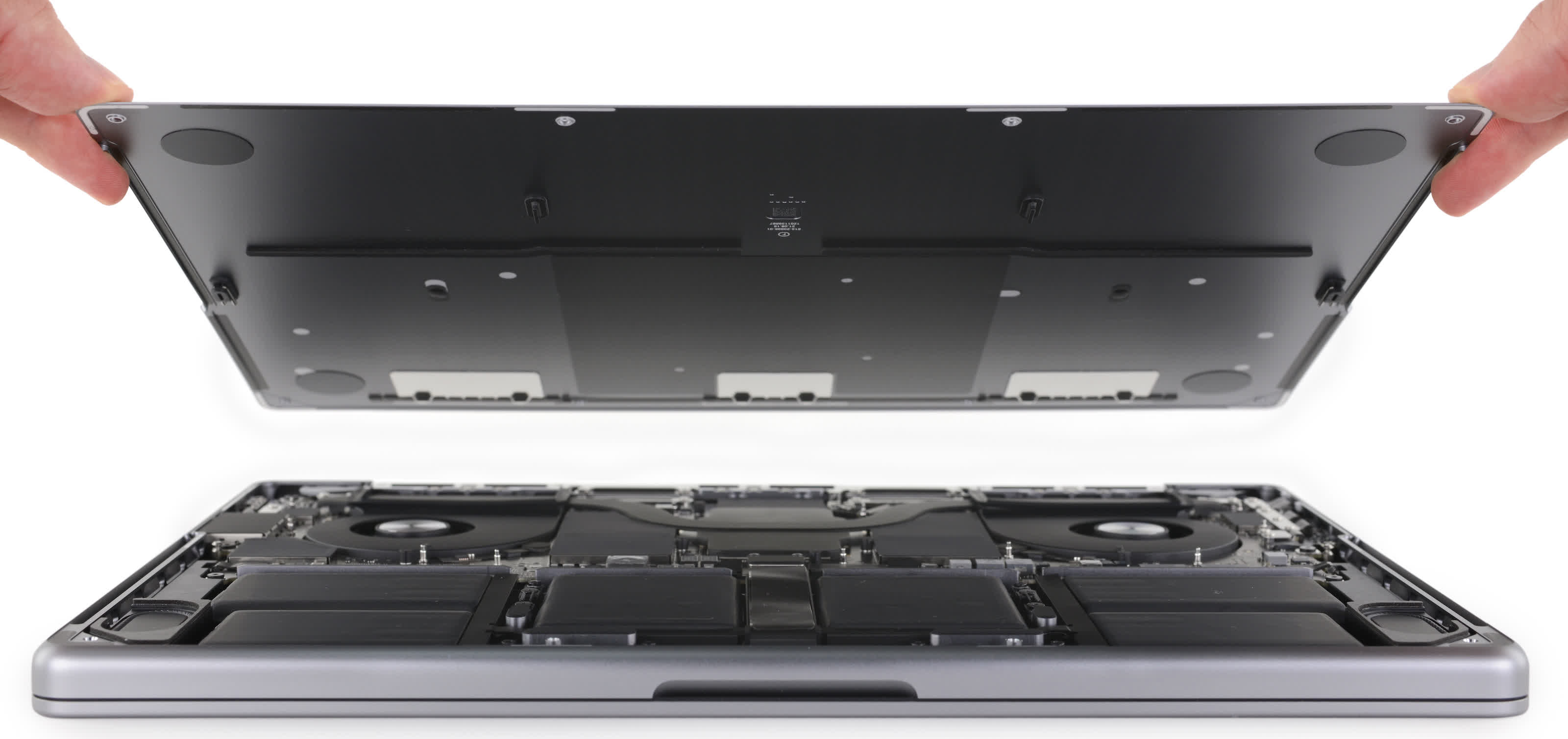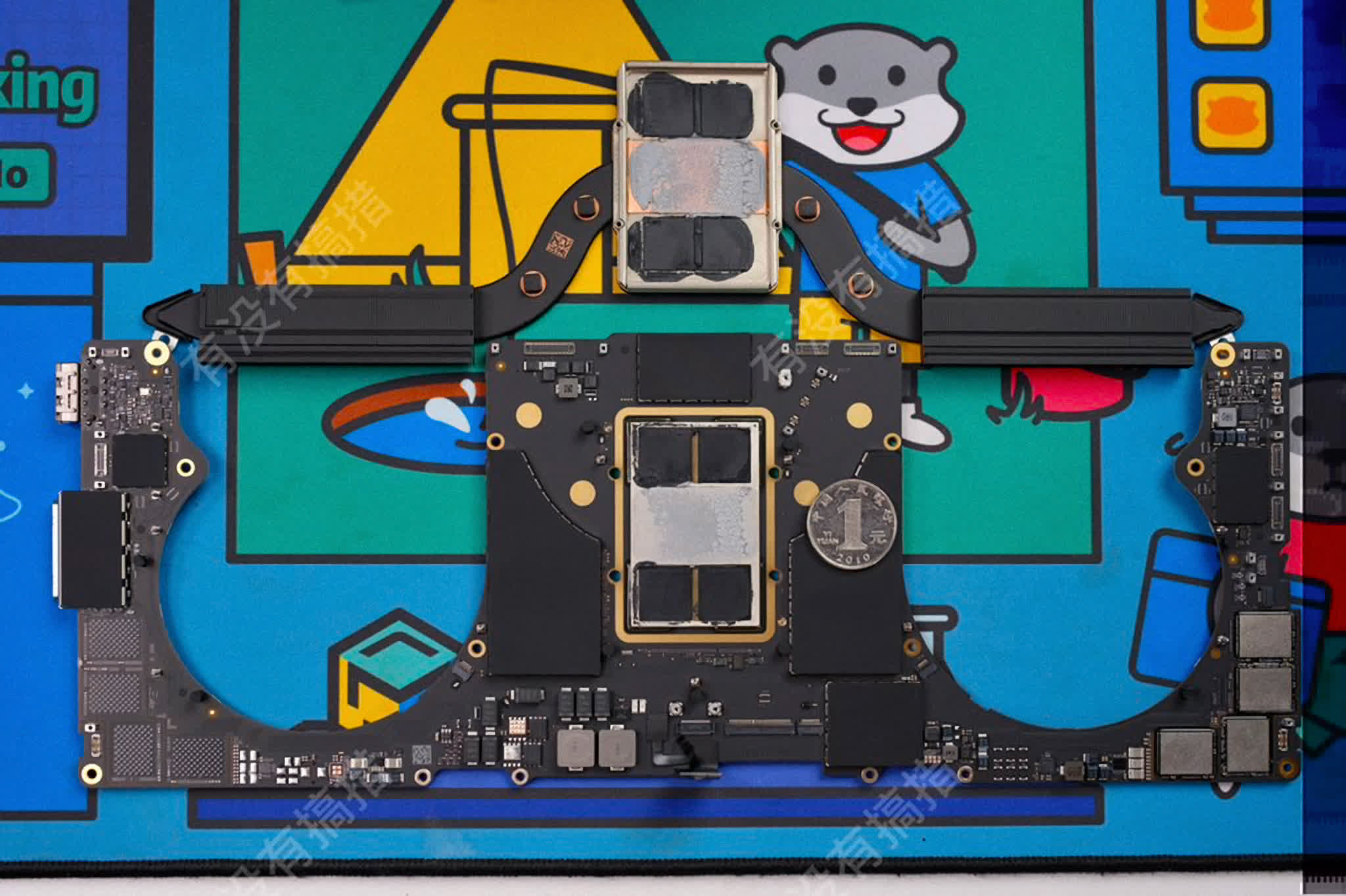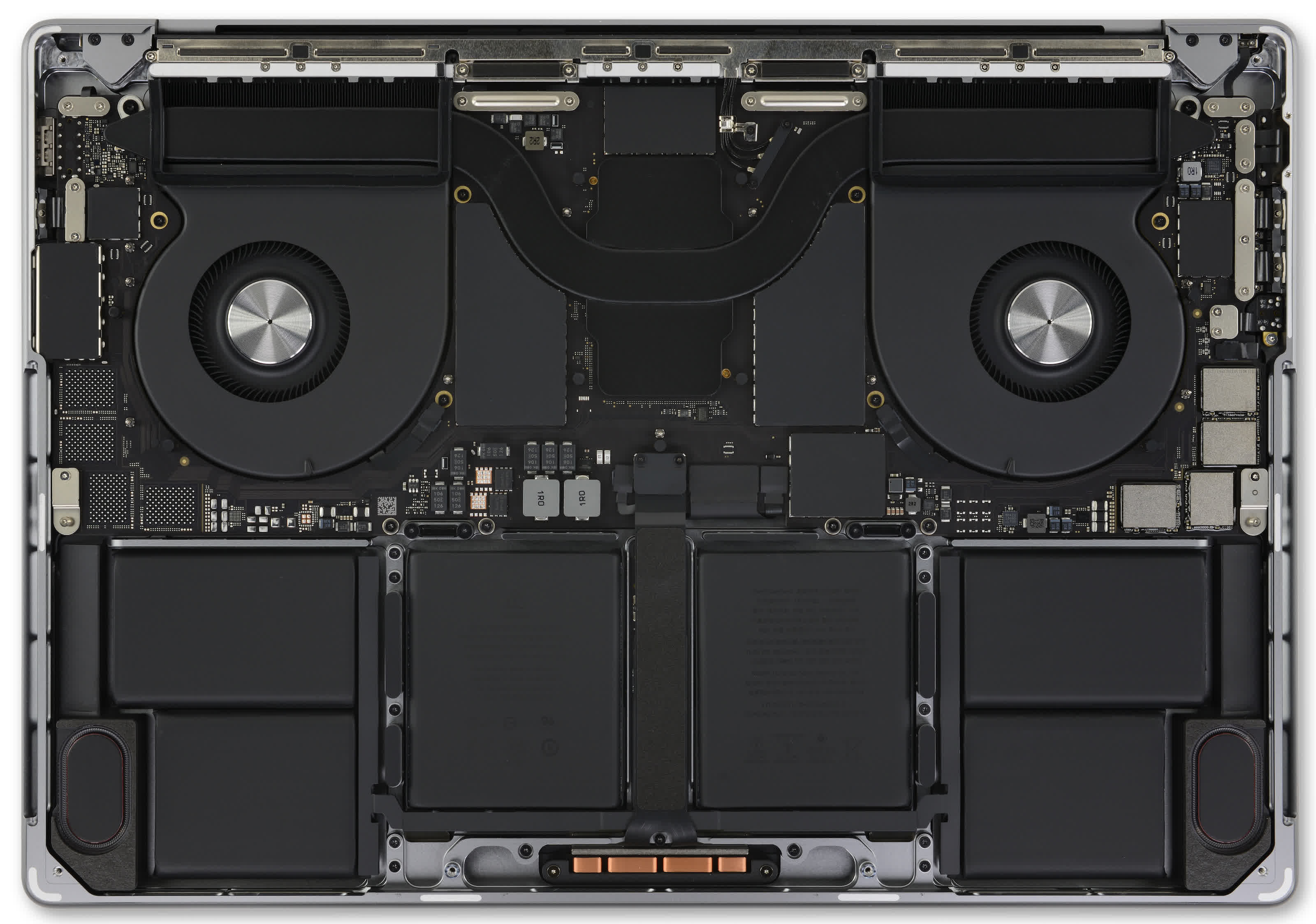Why it matters: Apple made the new MacBook Pro lineup more to the liking of professional users while also adding a touch of nostalgia with the Powerbook G4-inspired chassis. But more importantly, the company made the new devices a bit easier to repair, which is another step in the right direction.
Earlier this month, Apple announced all-new 14-inch and 16-inch MacBook Pros equipped with powerful M1 Pro and M1 Max chipsets, 120 Hz Mini LED screens, and more. Now that the first units have been shipped to their owners, we've started to see benchmarks and other tests that seem to confirm they're indeed every bit as powerful as the Cupertino giant claims, provided that you use software optimized for the new hardware architecture that's being integrated into every member of the Mac family.
Reviewers were generally pleased with the new devices, praising the return of the HDMI port and SD card slot, as well as the beloved MagSafe charging port that was previously omitted in the name of the USB-C revolution. In short, Apple put the "Pro" back in the MacBook Pro, even though not everyone likes the introduction of a notch in the display that doesn't serve any other purpose than to enlarge the screen real estate. And these machines are expensive, with top-end configurations costing in excess of $6,000.

With that said, teardowns of the new devices have surfaced online, and they reveal that Apple has started listening not only to professionals who prefer the macOS environment but also to those who decried the low repairability of MacBooks in recent years. It's not yet perfect, mind you, but there are signs that the company is willing to move in the right direction. Some of these signs are already obvious from the design of the new keyboard --- the notoriously difficult-to-repair Touch Bar has been replaced by a row of physical Function keys.
iFixit notes in its teardown teaser that the battery in the 2021 MacBook Pros is no longer trapped under the logic board, and there are now iPhone-style battery pull tabs to help make the replacement procedure as quick and as easy as possible. The middle section of the battery requires the removal of the trackpad to access the pull tabs for the two battery cells, but this procedure is still less of a hassle than it's been for pretty much any MacBook Pro model since 2013.

The SSD is still soldered to the board and hidden behind an RF shield, so getting a model with enough storage for your current and near-future needs is still important as that's all you're going to get with the 2021 MacBook Pros until you replace them. Twitter user L0vetodream was also surprised to find the M1 Max in his MacBook Pro only has one heat pipe that extends to two small heatsinks, which suggests the new chipset doesn't require that much cooling in most situations.
Apple made the ports modular on the new MacBook Pros, which means it will be easier to carry out repairs if one of them gets damaged throughout the lifetime of these devices. However, the keyboard will be just as difficult to remove as before since it's effectively a part of the unibody chassis. Repairing individual keys, while easier than the scissor-switch variant found in the 2016-2018 models, is still something that is better left in the hands of repair professionals.
Overall, it looks like these machines are not only powerful and more versatile than they've been in recent years but also slightly easier to repair than before. It's a small win for the "Right to Repair" movement, but we'd like to see the company show even more "courage" in this direction with future models.
